So, a ‘Palmetto Bug’ Just Flew at You? Here’s What It Really Is (and How to Get Rid of It)
I’ve spent more years than I can count in the pest control business, mostly deep in the humid parts of the country. I’ve been in every kind of crawlspace you can imagine, from old, historic houses to brand-new builds. And you know the first question I almost always get? It’s about the ‘palmetto bug.’
In this article
The story is always the same. Someone describes a huge, reddish-brown insect that either dive-bombed them from a curtain or skittered across the patio at warp speed. They’re hoping it’s some exotic, harmless beetle. They really, really hope it isn’t what they think it is.
Well, I usually have to give them the straight answer. ‘Palmetto bug’ is just a regional nickname. It’s a softer, gentler name for a few specific types of large cockroaches. There’s no separate creature. It’s a roach.
But don’t panic! Understanding this is the first and most important step to getting them out of your house for good. This isn’t just about what you call it; it’s about knowing your opponent, its habits, and its weaknesses. And after years of fighting them, I can tell you exactly what you need to know to protect your home.
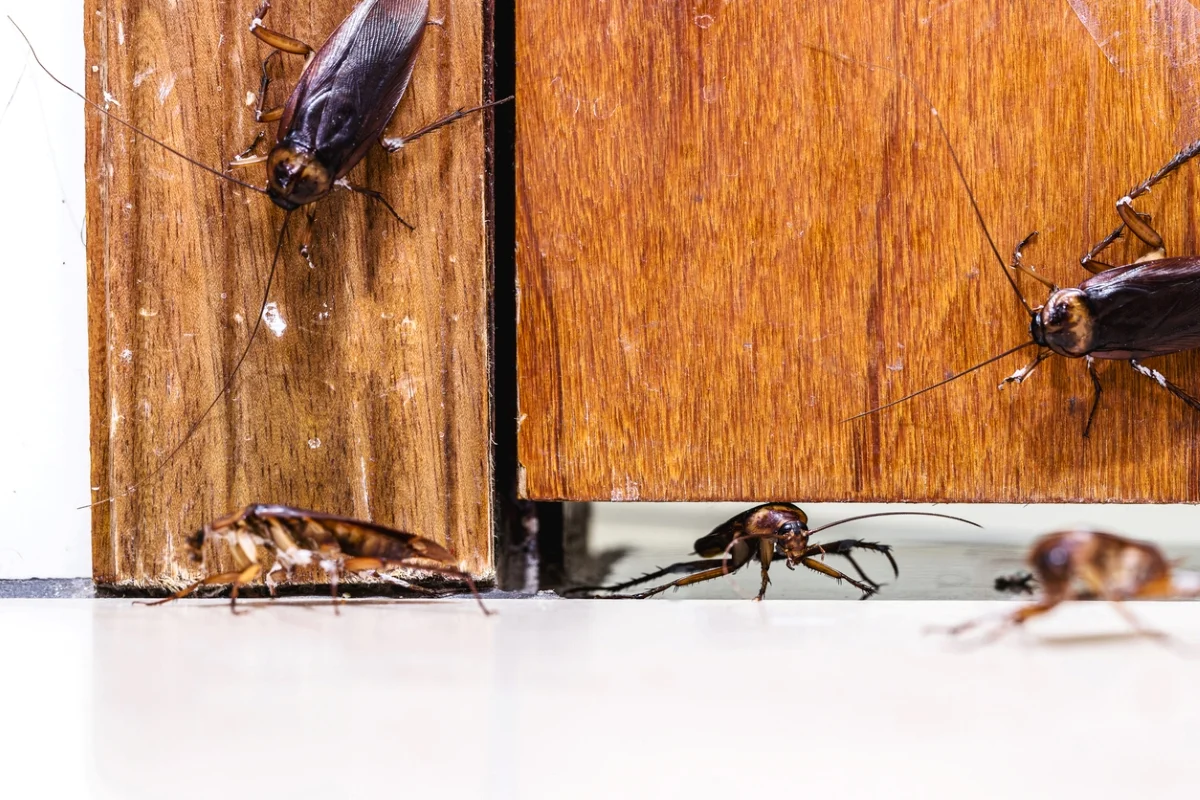
First, Know Your Enemy
Before you can win the war, you have to identify the soldier. People use ‘palmetto bug’ to describe a couple of different large roaches, but the two most common culprits are the American and the Smokybrown cockroach. They look similar, but have some key differences.
- The American Cockroach: This is the classic. It’s the one most people picture—a big, reddish-brown roach, often with a yellowish figure-eight pattern on the back of its head. They can get pretty big, up to two inches long. While they have wings and can fly, they’re honestly pretty clumsy at it. It’s less of a graceful flight and more of a panicked, falling-with-style glide. They love damp, warm places like sewer systems and basements.
- The Smokybrown Cockroach: These guys are a bit smaller, usually topping out around an inch and a half. They are a uniform, dark mahogany color—almost black. The big difference? These are accomplished fliers. If a roach confidently flew across the room and landed on the ceiling, it was probably a Smokybrown. They are often found outdoors in tree holes and woodpiles and are drawn to lights at night.
Honestly, the treatment for both is very similar, but knowing which one you have can help you pinpoint where they’re coming from—the sewer or the trees.
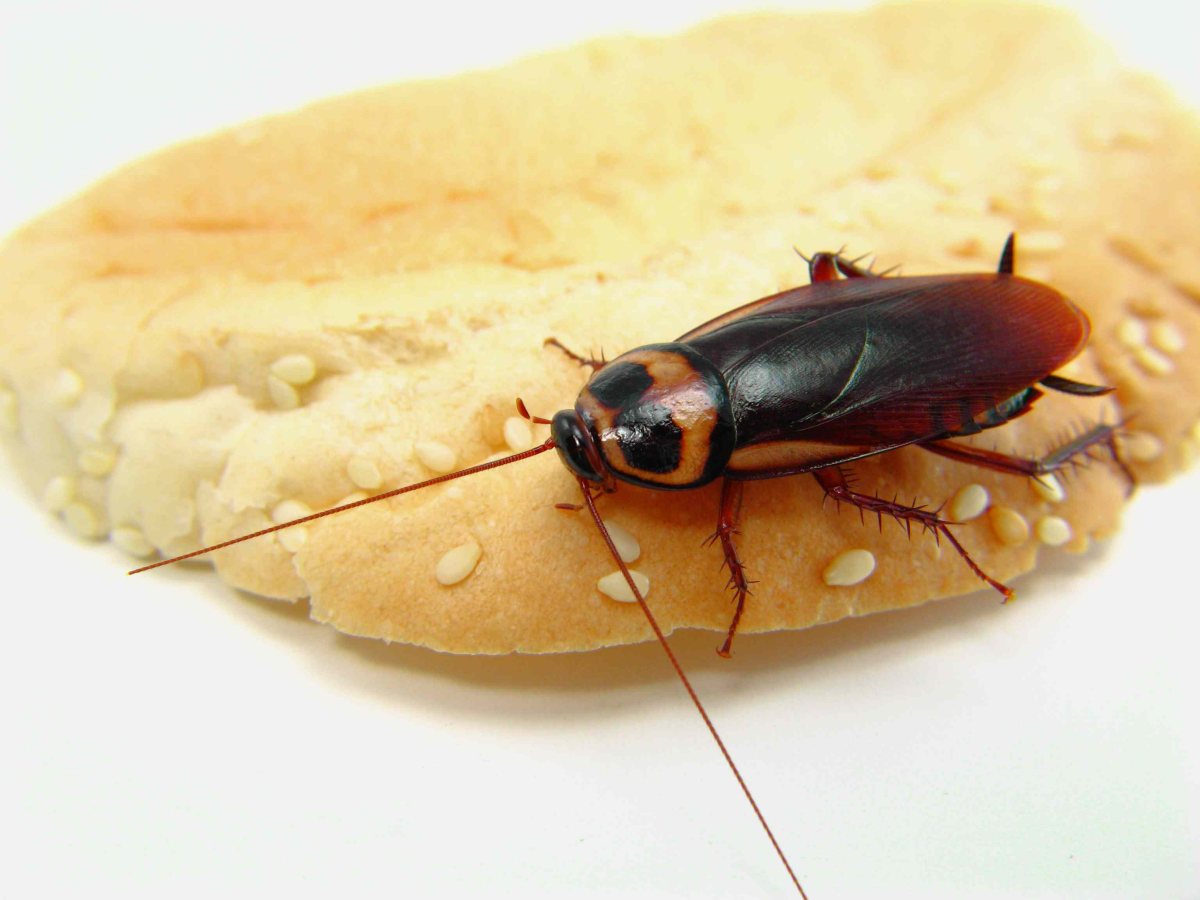
Why They’re In Your House (It’s Simpler Than You Think)
Cockroaches are survivors, plain and simple. Their entire biology is geared toward finding food, water, and shelter in our world. A few of their behaviors are super important to understand.
They have this instinct called thigmotaxis. It’s a fancy word, but it just means they love feeling pressure on all sides of their body. It makes them feel safe. That’s why you don’t find them chilling in the middle of the floor; you find them crammed into tight cracks, behind baseboards, or between stacked boxes. Their super-flat bodies are perfectly designed for this.
Oh yeah, and they’re night owls. Cockroaches are most active in the dark to avoid predators (like us). Heads up: If you’re consistently seeing them out and about during the day, it’s a bad sign. It usually means the best hiding spots are already full, forcing the others out into the open. It’s a sign of a much bigger population.
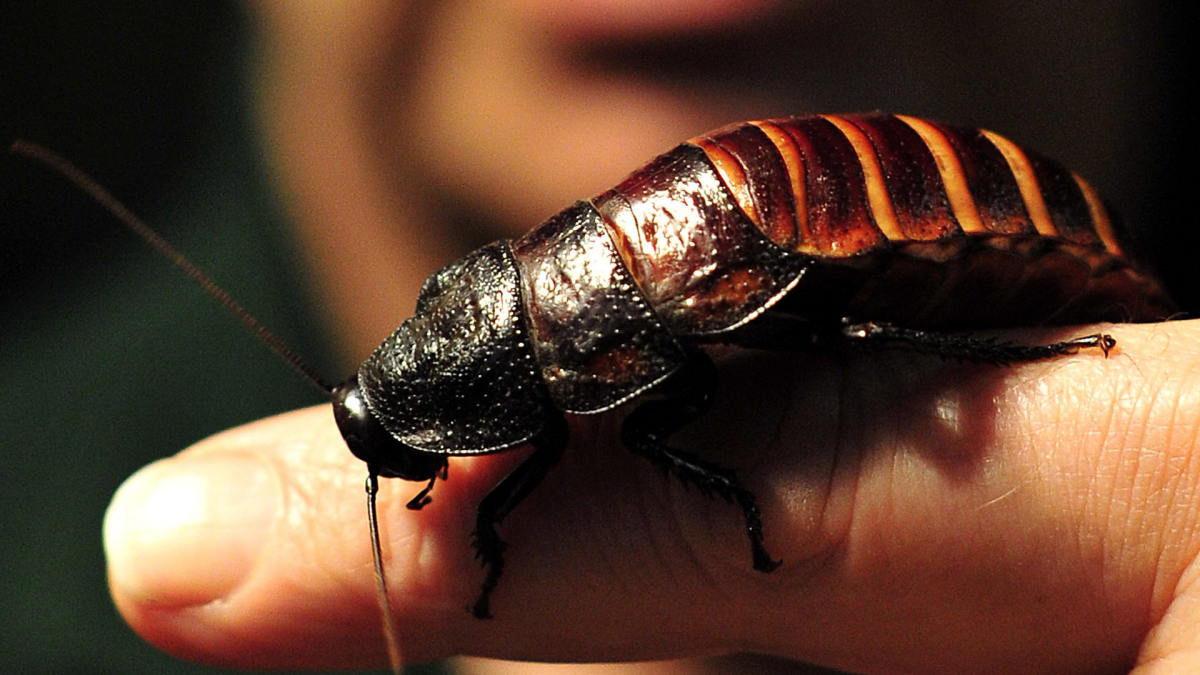
Finally, there’s the smell. A large infestation has a distinct odor—it’s a musty, oily scent that comes from their droppings and communication chemicals. When I walk into a home and get a whiff of that, I know we’re dealing with a serious problem before I even see a bug.
Time for the 15-Minute Roach Hunt
Spraying randomly is a waste of time and money. The most critical part of the job is the inspection. You can do this yourself. Ready? Grab a powerful LED flashlight—your phone light will do in a pinch, but a real flashlight is better—and let’s do a quick hunt.
Check these 5 hotspots right now:
- Under your kitchen sink (look at the pipe penetrations).
- Behind and under the refrigerator (the motor is warm and the drip pan has water).
- The water heater closet.
- The main bathroom vanity (again, check the pipes).
- Around the thresholds of your exterior doors (can you see daylight underneath?).
What did you find? Even if you don’t see a live roach, look for droppings (they look like coarse black pepper) or egg cases, which look like little dark brown purses.

Okay, I Found Them… Now What?
Alright, you’ve confirmed you have unwanted roommates. Here’s the game plan. We’re going to focus on exclusion and baiting, not just spraying.
Your DIY Roach Control Kit
First, get your supplies. You can get all this for a weekend project.
- A bright LED flashlight: (You already used this!) ~$20
- Silicone Caulk: ~$7 at any hardware store.
- Copper Mesh: A small roll costs about $10 online or at Home Depot.
- Pro-grade Roach Bait Gel: Brands like Advion or Maxforce are fantastic. You can get a tube online for about $25, and it’s worth every penny.
Step 1: Lock Them Out (Exclusion)
A roach can squeeze through a space as thin as a quarter. Your first job is to seal up their highways into your home. Look for gaps around pipes under sinks, cracks in the foundation, and especially check the weep holes in brick siding. These little gaps are roach superhighways.
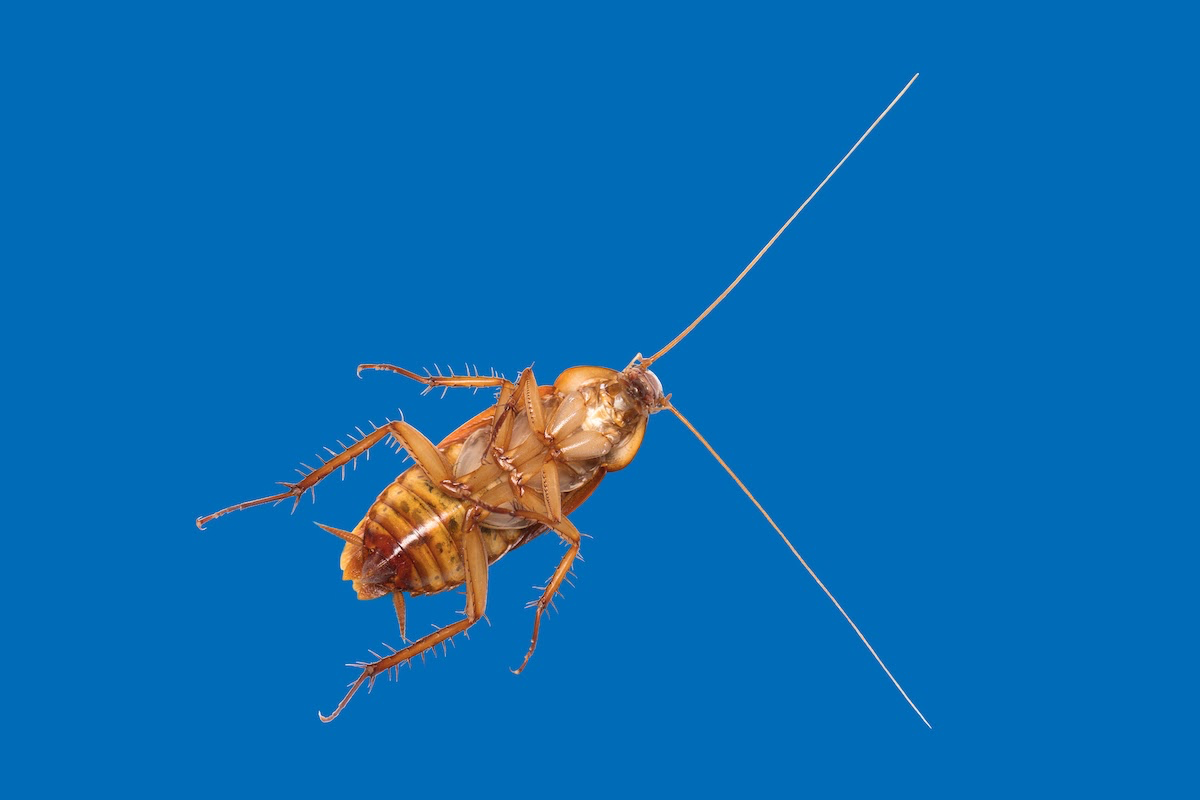
A lesser-known trick: Stuff copper mesh into the weep holes and larger gaps before sealing with caulk. Do NOT use steel wool. It seems like a good idea, but it just rusts and falls apart, leaving the hole open again. Copper doesn’t rust. It’s a permanent fix.
Step 2: Use Bait, Not Bombs
This is where most people go wrong. They grab a bug bomb or a can of spray. Please, don’t do it!
A common mistake I see all the time is the aftermath of a bug bomb. All it does is scatter the roaches. They panic and run from the fog, spreading the infestation from your kitchen into your bedrooms, closets, and wall voids. You’ve just turned one big problem into a dozen small ones.
Instead, use the pro-grade bait gel. Here’s why it’s so much better: Roaches eat the bait, which is a slow-acting poison, and then return to their hiding spots. They die there, and other roaches eat their droppings or their bodies, spreading the poison throughout the colony. It’s a domino effect that wipes them out at the source.
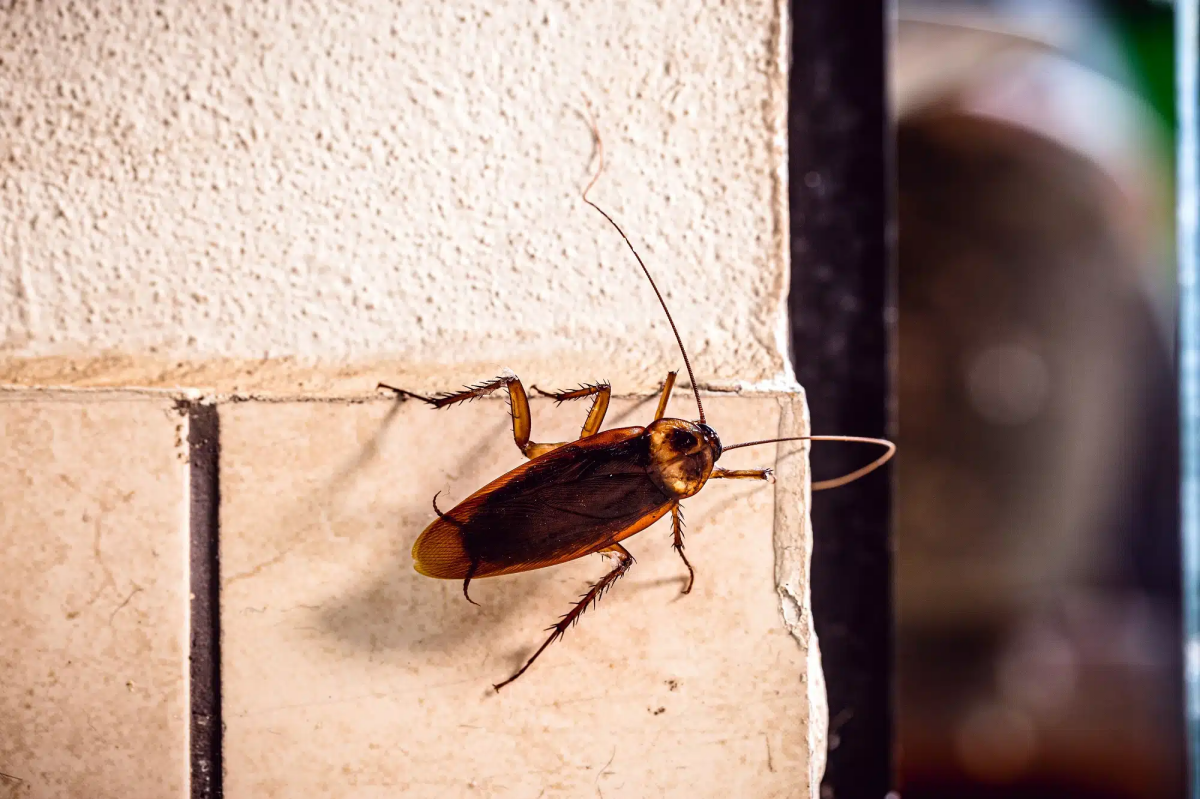
How to apply it: Put tiny, pea-sized dots of bait in the dark, hidden areas where you saw activity during your inspection. Place it in the corners of cabinets, behind the fridge, along the pipe entry points—anywhere they travel but where kids or pets can’t reach. Reapply every few weeks until you see no more activity.
When Is It Time to Call a Professional?
To be frank, you can handle a small-scale issue yourself with the bait and exclusion method. But sometimes, you’re just outgunned. You should probably call a pro if:
- You’re seeing roaches during the daytime.
- You’ve tried the DIY baiting method for a month with little to no improvement.
- The musty, oily ‘roach smell’ is noticeable in one or more rooms.
- The thought of it just gives you the creeps and you want it handled, period.
A professional initial service call for this kind of problem can range from $125 to $350, depending on your location and the severity of the infestation. It’s an investment, but for a large, established population, it’s often the quickest way to get your peace of mind back.
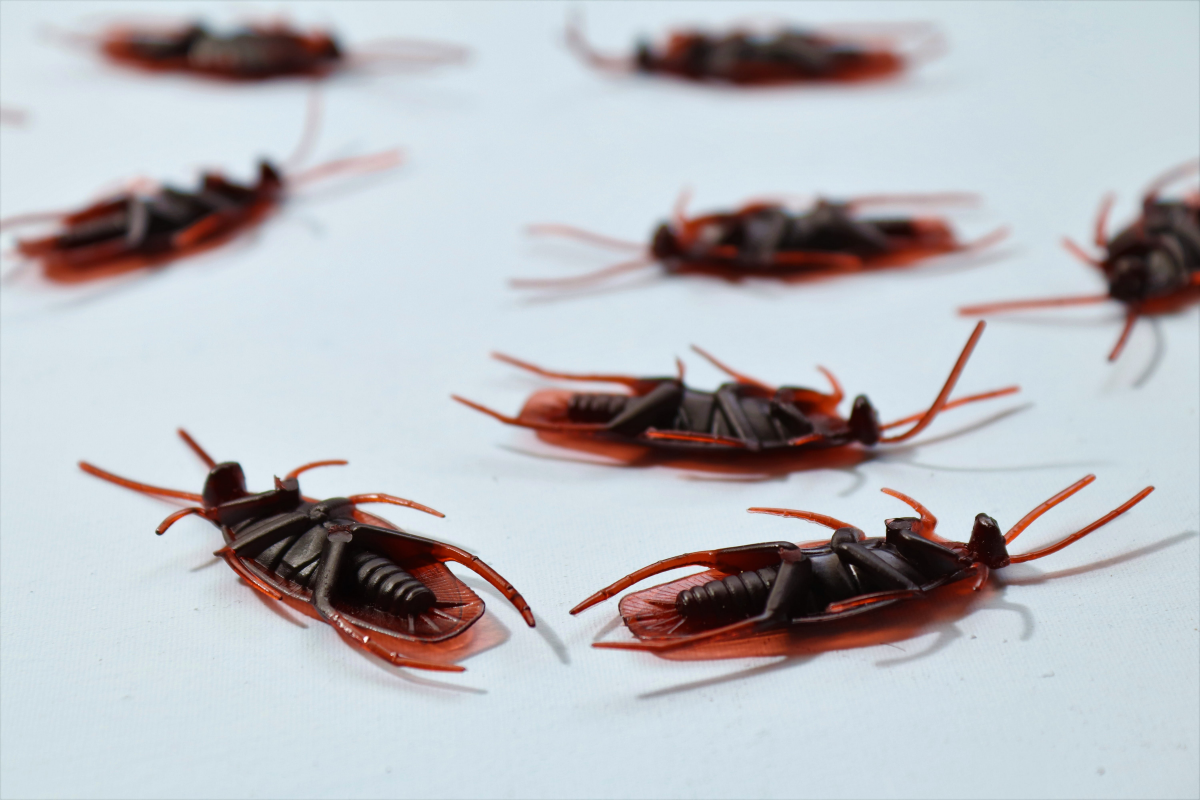
Galerie d’inspiration
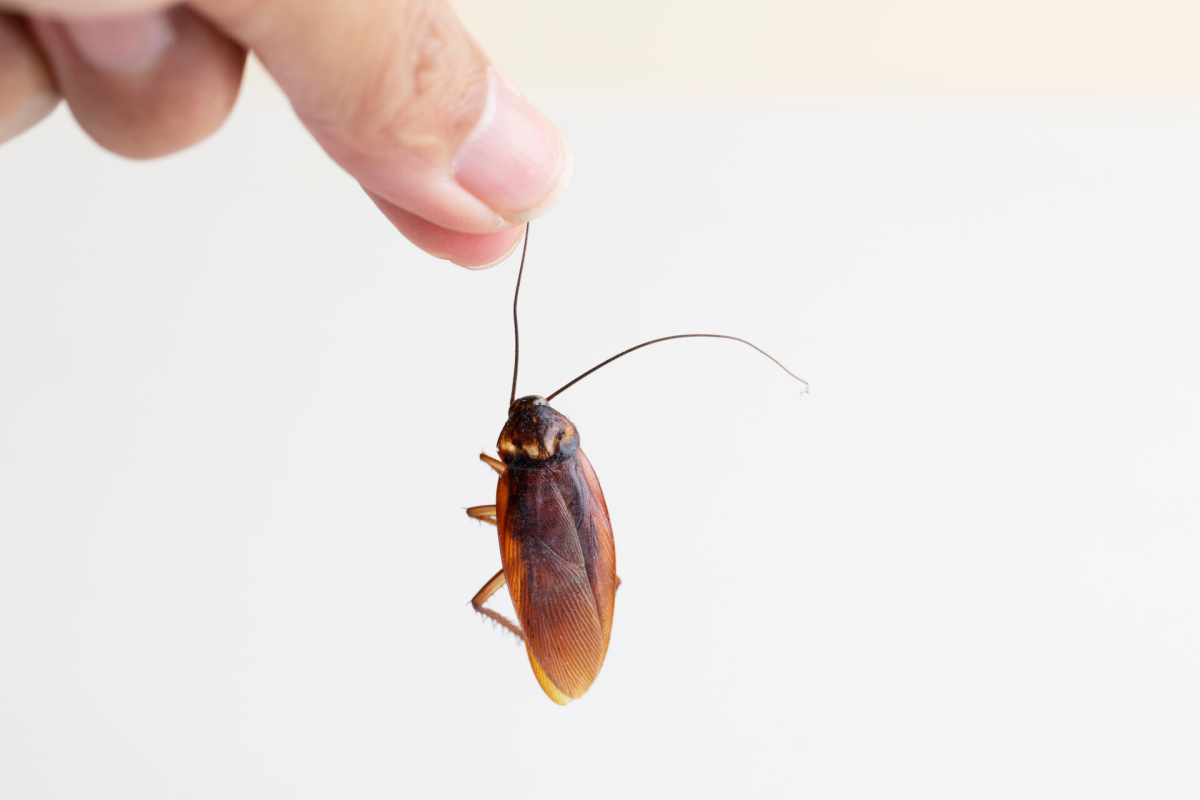
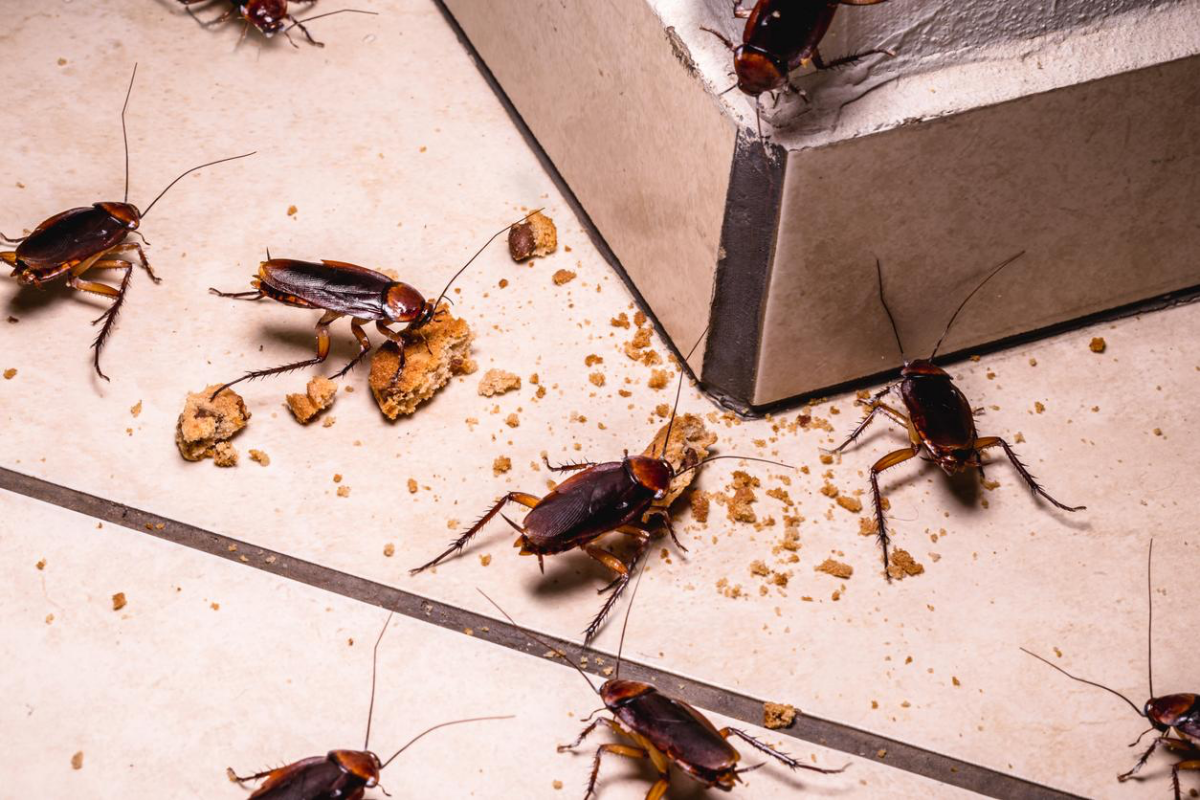
An American cockroach can live for about a week without its head.
It’s not an urban legend. They breathe through small holes in their body segments, not their mouths, and can survive on stored reserves. They ultimately die from dehydration since they can no longer drink. This incredible resilience is a key reason why a multi-pronged approach—sealing entry points, removing water sources, and using targeted treatments—is essential for control.
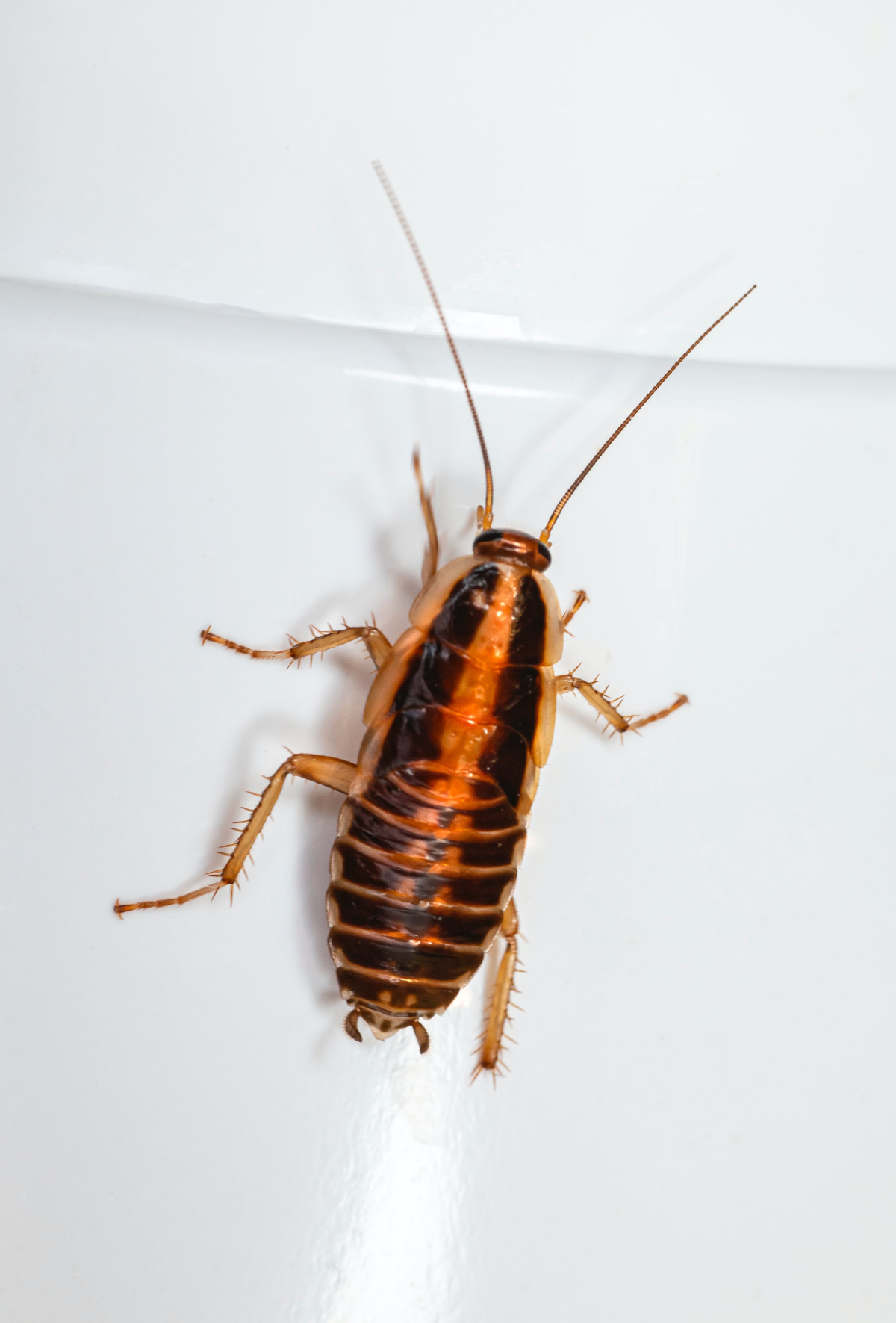
The best defense is a sealed-up offense. Before you reach for a spray, make your home a fortress by blocking their favorite secret passages. Focus on these three areas:
- Plumbing Penetrations: Gaps around pipes under sinks are roach superhighways. Pack these voids with Stuff-it copper mesh (they can’t chew through it) before sealing with caulk.
- Door Sweeps: If you can see daylight under an exterior door, a roach can flatten itself and waltz right in. Replace worn-out weather stripping or install a new door sweep.
- Exterior Cracks: Check for any cracks in the foundation or gaps where utilities enter the house. A simple tube of exterior-grade silicone caulk is your best friend.
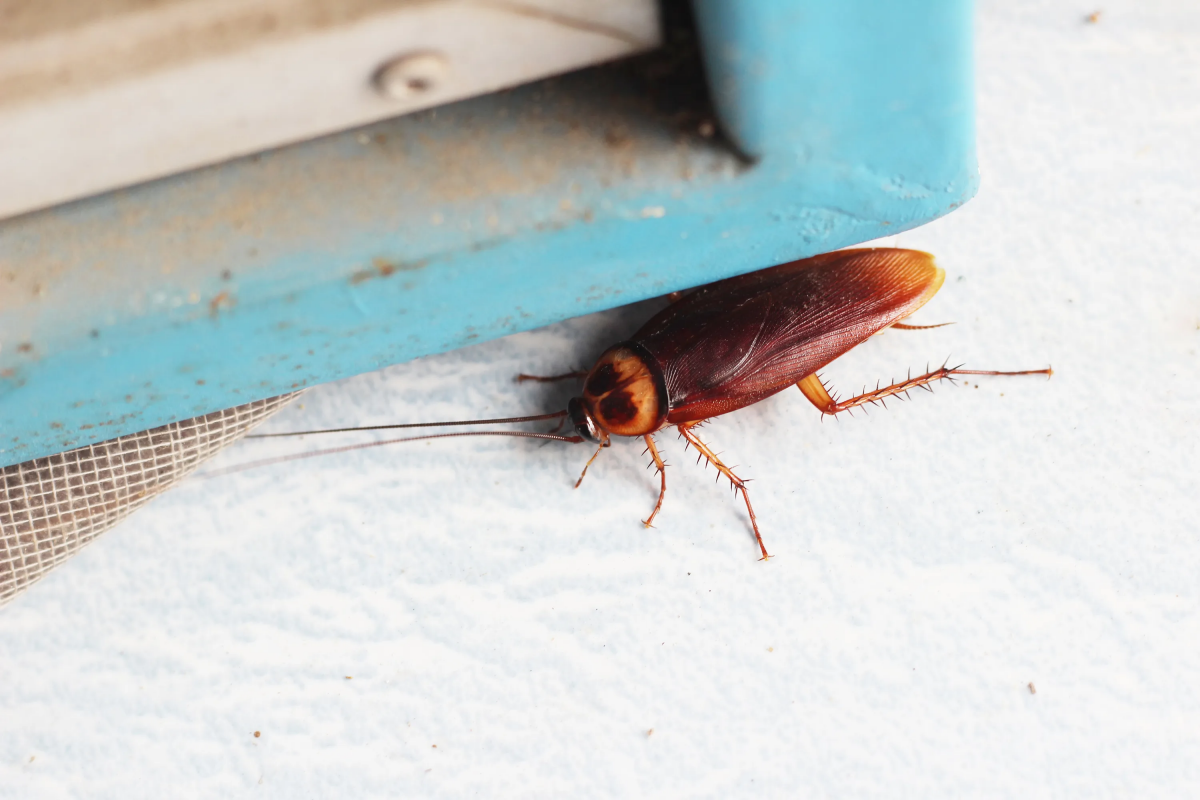
The Pro’s Secret Weapon: Don’t just pile on the boric acid. Homeowners often make the mistake of creating thick lines of powder that roaches will simply walk around. The key is a whisper-thin, almost invisible dusting. A product like Harris Boric Acid Roach Powder often includes a fine-tipped puffer for this. Lightly puff the dust into the voids under cabinets, behind the refrigerator, and inside wall crevices. They’ll unknowingly walk through it and carry the lethal dust back to their hiding spots.
Can you really keep them away with just a scent?
While a severe infestation needs a more direct attack, certain strong smells can make your home far less attractive to wandering roaches. They navigate the world by scent, and they detest potent essential oils. Try placing cotton balls with a few drops of peppermint, cypress, or tea tree oil in the back of cabinets, under sinks, and near suspected entry points. It won’t solve an existing problem, but it acts as a powerful aromatic ‘No Vacancy’ sign for any scouts looking for a new home.










